The 2012 June 5-6 transit of Venus (ToV) is over, and there won't be another one till 2117! Many RASC members successfully viewed the ToV here and abroad, and you can find the graphic record of the observations―and of the astronomers making them―here.
Note: all images are copyright of the attributed photographers and graphic artists, and must not be used without prior permission
|
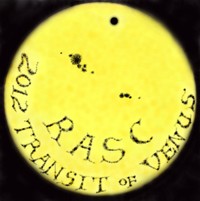 |
K. Anil Kumar, M.Sc,. M.Phil., Gudivada, India
|
I work as a physics educator (with a particular personal interest in astronomy), in Gudivada, India. My goal is to educate my students in observational astronomy, familiarizing them with the tools, installations, and techniques employed. For essays in astrophotography we use a 2-inch O.G. Galileoscope and a 2 MP camera on a Nokia 5130c moblie phone. We acquired the Galileoscope thanks to Dr. Pedro Russo, ESO I.A.U. Coordinator for IYA2009 (and now with the Science Office, and Dr. Rick Fienberg, the IYA2009 Galileoscope Conerstone Project Chair (now Press Officer and Education & Outreach Coordinator for the AAS).
Also, I received some Baader AstroSolar TM Safety Film from Babak Sedehi, owner of Canadian Telescopes and manager of the STAR program for Astronomers Without Borders (AWB). We used a small piece of the Baader Film (a 4cm square size), and made a film holder (cell) using a piece of cardboard 15cm square. Additionally, Deborah Scherrer, of the Stanford SOLAR Center, also sent me a full-aperture Seymour Solar filter for the Galileoscope― this filter was also used for imaging the ToV. Ms Scherrer also donated a 3.15 inch O.G. telescope through the Astronomers without Borders' Donate a Telescope program, for which we are most grateful.
With this equipment I and my students were able to successfully observe and photograph the transit, and other phenomena on the solar disc.
|
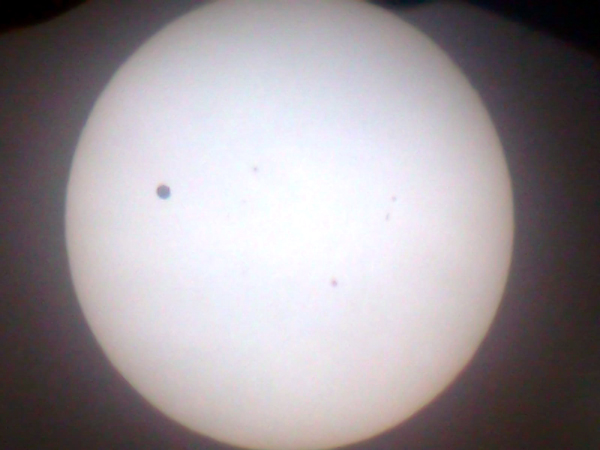 6:34 |
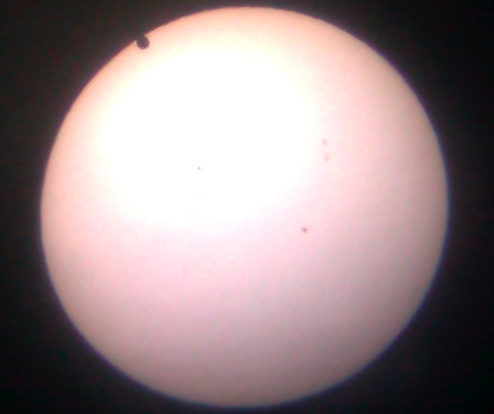 10:05 |
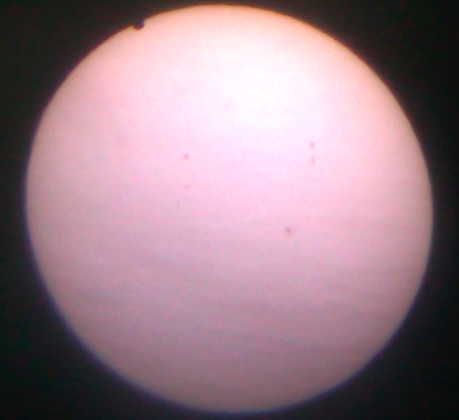 10:12 |
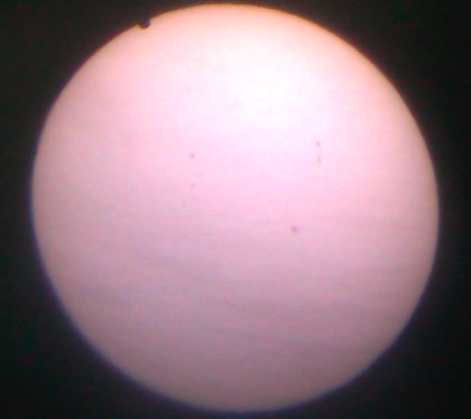 10:15 |
|
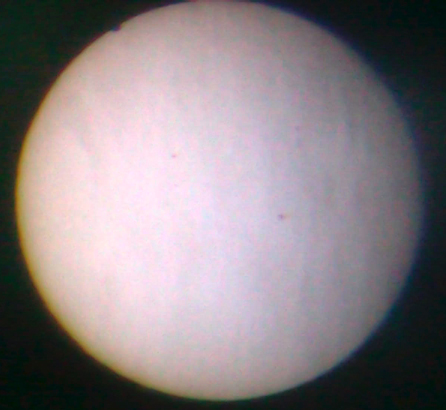 10:18 |
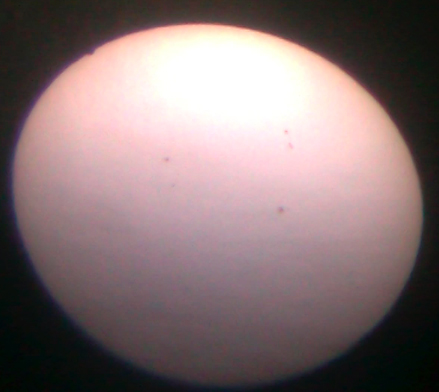 10:21 |
|
- Log in to post comments
